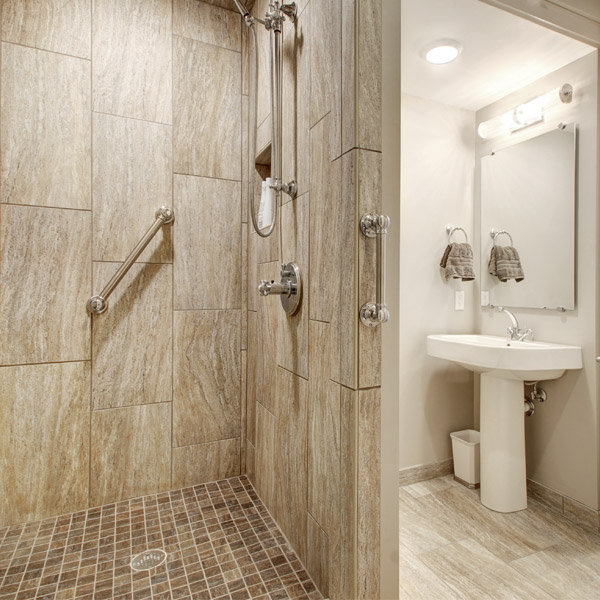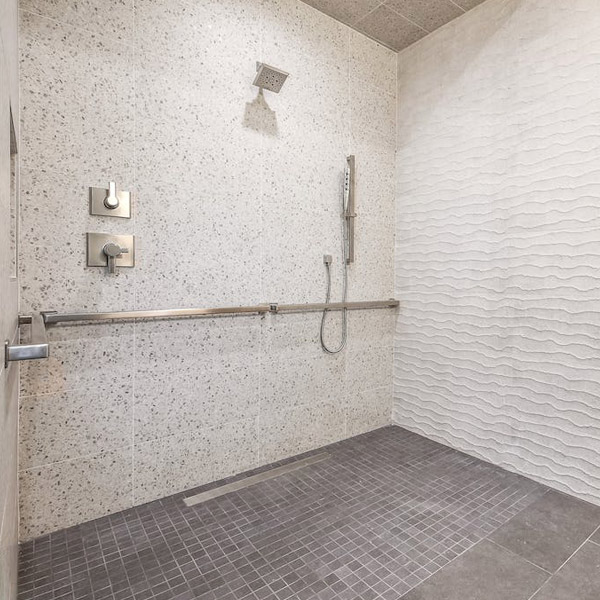Universal Design
Universal Design Concepts to Assist You
The universal design movement is a concept that makes homes and furnishings functional for almost everyone, regardless of age, size, shape, or ability. The contractors at Tier1 Group are trained to implement universal design concepts for Travis and Williamson County homeowners who require them to live comfortably in their homes. Instead of moving to a new home better suited for your unique needs, speak with our team to schedule a design consultation and find out how we can assist you.

Universal Design Remodel for Any Room
While many are concerned primarily with their ability to maneuver safely in the bathroom, homeowners face challenges in nearly every room in their homes. Our skilled and experienced design team will meet with you, take the time to understand the challenges you face, and then create a plan that prioritizes safety, style, and functionality.

Design Ideas
Learn more about some of the enhancements we can make to make your home better suited for your needs:
- Adapt the lower floor of your home for single-level living.
- Create at least one entryway that doesn’t require steps.
- Install stair lifts to make accessing the second floor easier.
- Add pool or spa lifts to provide better accessibility.
- Improve the lighting throughout the home to increase safety.
- Install non-skid flooring to reduce accidents.
- Enhance security by installing door cameras to see who is at the door.
- Install roll-out draws and shelving.
- Adjust the cabinet and countertop level to make it more accessible.
Make Your Home More Accessible
At Tier1 Group, we’re committed to transforming your house into a home. Whether you’ve been at your current residence for your whole life or have just moved in, ensuring your home accommodates your needs is essential. Our skilled and experienced team of caring contractors is here with our universal design upgrades. We follow a comprehensive process that includes consultation, design, and installation. Our contractors maintain open communication throughout the entire process to ensure you’re satisfied with the functionality of your home. Contact our team today to learn more.
